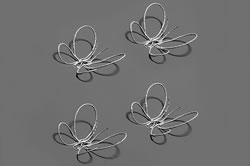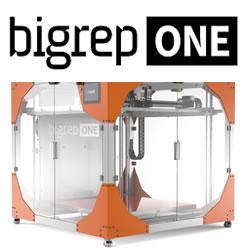New dual-step method provides 3D printing of conductive metals.
 Shalini Saxena for ArsTechnica: Customizable, wearable electronics open the door to things like heart-monitoring t-shirts and health-tracking bracelets. But placing the needed wiring in a complex 3D architecture has been hard to do cheaply. Existing approaches are limited by material requirements and, in the case of 3D writing, slow printing speeds. Recently, a research team at Harvard University developed a new method to rapidly 3D print free-standing, highly conductive, ductile metallic wires.
Shalini Saxena for ArsTechnica: Customizable, wearable electronics open the door to things like heart-monitoring t-shirts and health-tracking bracelets. But placing the needed wiring in a complex 3D architecture has been hard to do cheaply. Existing approaches are limited by material requirements and, in the case of 3D writing, slow printing speeds. Recently, a research team at Harvard University developed a new method to rapidly 3D print free-standing, highly conductive, ductile metallic wires.
The new method combines 3D printing with focused infrared lasers that quickly anneal the printed nanoparticles into the desired architecture. The result is a wire with an electrical conductivity that approaches that of bulk silver. Cont'd...
Featured Product

